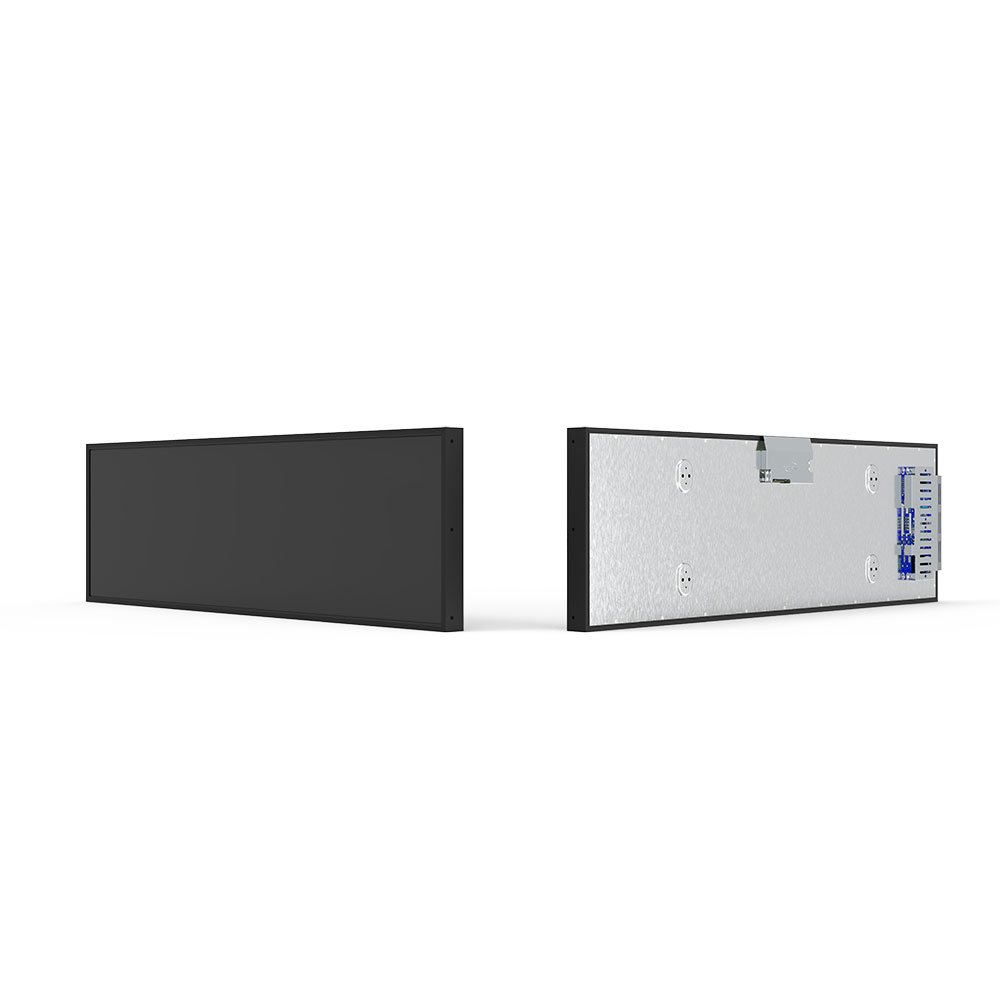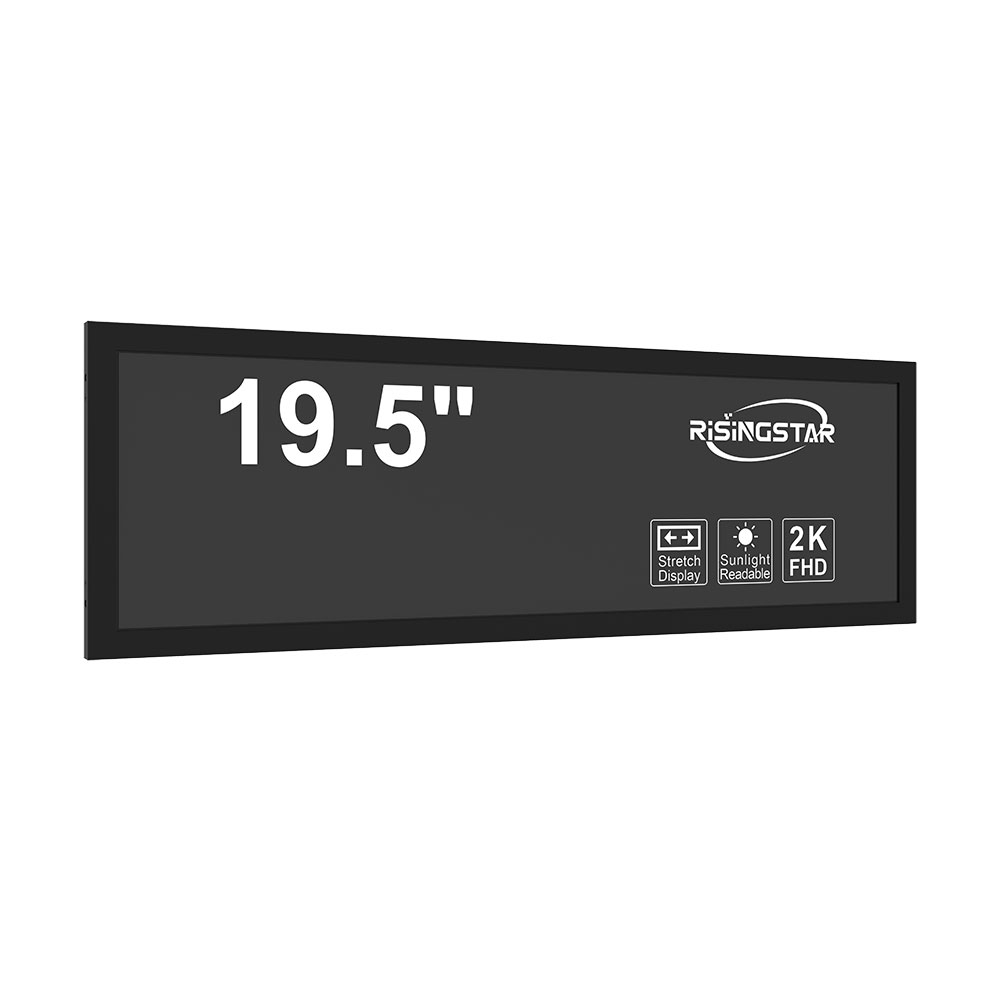In today’s rapidly evolving urban landscapes, outdoor LCD screens have become essential tools for communication, advertising, public information dissemination, and smart city integration. These high-brightness displays are engineered to operate reliably under extreme environmental conditions—ranging from direct sunlight to sub-zero temperatures—while maintaining image clarity, durability, and energy efficiency. The demand for robust outdoor digital signage continues to grow globally, driven by advancements in LED backlighting, anti-glare coatings, and IP65-rated enclosures that protect against dust and water ingress.
The core technology behind modern outdoor LCDs involves a combination of specialized components tailored for visibility and longevity. First, brightness levels typically exceed 5,000 nits—far beyond standard indoor displays (250–500 nits)—ensuring content remains visible even in full daylight. This is achieved through advanced LED backlight systems that provide uniform illumination without hotspots or dimming at the edges. Additionally, manufacturers like LG, Samsung, and NEC employ wide-viewing-angle panels (178° horizontal/vertical) to ensure consistent image quality from multiple angles—an essential feature for busy intersections, transit hubs, and shopping malls.
Another critical aspect is thermal management. Outdoor LCDs must dissipate heat efficiently to prevent overheating, especially in tropical climates or during summer months. High-end models integrate passive cooling systems using aluminum heatsinks and active ventilation via fans with dust filters. According to a 2023 report by MarketsandMarkets, the global outdoor digital signage market is projected to reach $34.8 billion by 2028, growing at a CAGR of 8.2%, highlighting the increasing reliance on durable display solutions across industries such as transportation, retail, and government services.
Case studies reinforce the effectiveness of these technologies. For example, London’s Transport for London (TfL) deployed over 2,000 outdoor LCD screens at bus stops and subway stations, enabling real-time updates on service disruptions, weather alerts, and emergency messaging. Similarly, Singapore’s Smart Nation initiative uses outdoor LCDs in public parks and pedestrian zones to deliver localized content and community announcements. In both cases, the screens demonstrated over 99% uptime due to rigorous testing against environmental stressors including UV exposure, humidity, and mechanical vibration.

Furthermore, the integration of IoT connectivity allows remote monitoring, software updates, and dynamic content scheduling—key features for managing large-scale deployments. Many vendors now support Wi-Fi, Ethernet, and 4G/LTE modules, enabling seamless data transmission and centralized control via cloud platforms. This not only reduces operational costs but also enhances responsiveness to changing public needs, such as during festivals, protests, or natural disasters.
In conclusion, outdoor LCD screen technology represents a convergence of engineering excellence, environmental resilience, and smart infrastructure. As cities continue to adopt digital transformation strategies, these displays will play an increasingly pivotal role—not just as visual interfaces, but as integral components of sustainable, connected, and citizen-centric urban ecosystems. With ongoing innovations in brightness optimization, AI-driven content personalization, and energy-efficient designs, the future of outdoor LCDs looks brighter than ever.

2025-07-31
2025-09-26
屋外LCDスクリーンの耐久性と長期的な性能のためのメンテナンスのベストプラクティス